We live in a rapidly changing world with complex challenges. Envisioning future landscapes that harmoniously balance biodiversity with different land uses and the interests of diverse stakeholders is a difficult task that demands creative and collaborative efforts. Researchers in LANDPATHS subproject “Imaginaries” (SP2) are embarking on a journey towards shaping these desirable futures through a co-creation approach. This involves using the collective knowledge of stakeholders and citizens to address multifaceted challenges.
Navigating complexity: challenges and uncertainties
Landscapes are interconnected systems. As a result, even well-intentioned interventions that improve conditions for one group of stakeholders can unexpectedly cause challenges for others. Taking the example of forest landscapes, there are many different stakeholders concerned with the use of those landscapes, including residents, agencies, forest owners, reindeer herders and people using forests for recreation, to name a few. These groups can have different values and ideas about the future of the landscape. At the same time, science-based criteria related to climate change and nature conservation may impose other constraints on how we manage and use forests in the future. Together, these factors can make it difficult to imagine future multifunctional landscapes where the diverse aims and interests of stakeholders can co-exist.
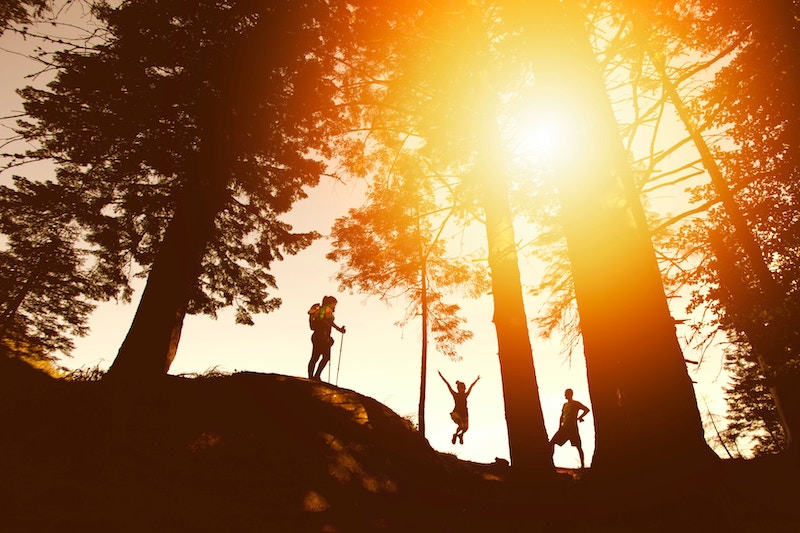

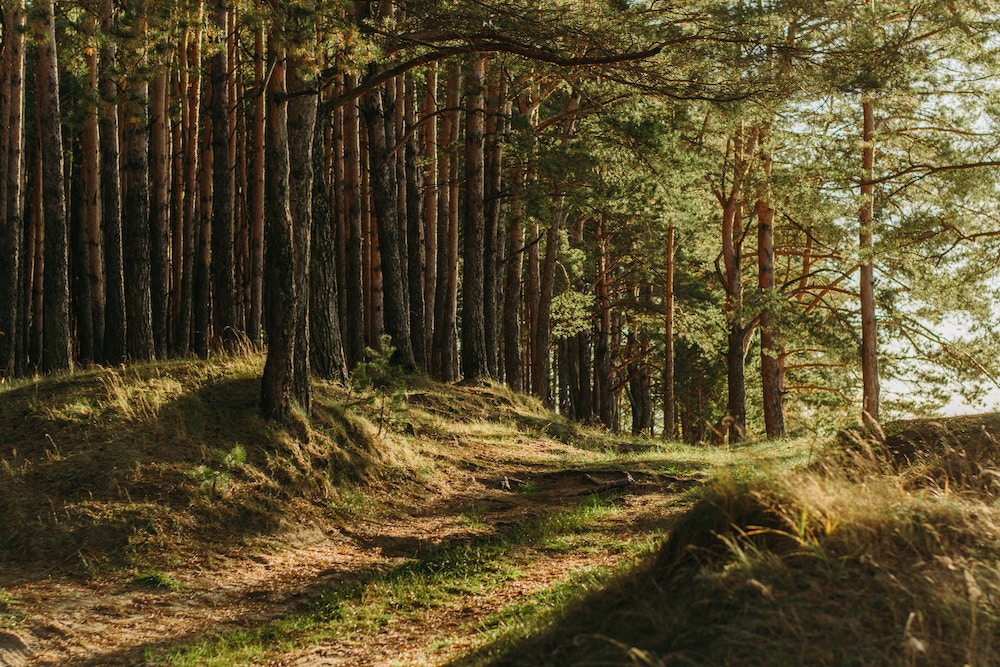
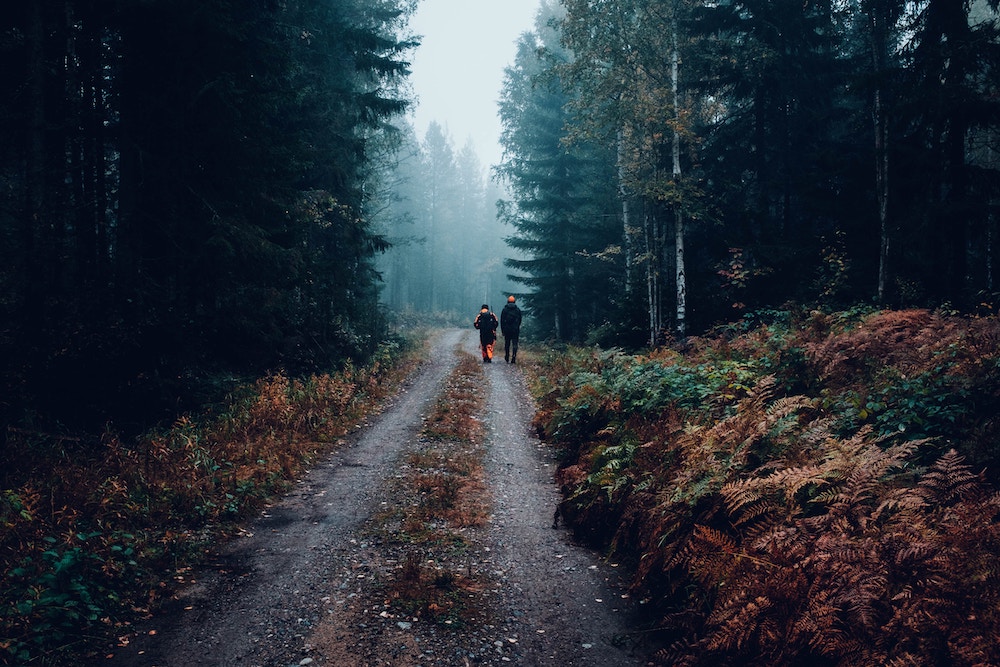
Creating the basis for co-creation
As part of the co-creation process, we need to unravel the perspectives of the various stakeholders and the potential differences between their visions for the future and science-based criteria.
To do this, LANDPATHS researchers have developed an iterative process for co-creating future visions (also called imaginaries) with stakeholders and citizens in different landscapes in Sweden. The process consists of four phases:
- Scoping and framing
- Developing imaginaries
- Iterative revision of imaginaries
- Governance learning
In a collaboration with the Forest landscape subproject (SP5), researchers are working with the Voxnadalen Biosphere to explore future imaginaries of multifunctional forests (read more about this case on our blog).
In Voxnadalen, the co-creation process will unfold through a series of workshops with local stakeholders such as municipalities, forest owners, forest companies, nature conservation associations, tourism companies and hunting groups. The aim of the workshops is to shed light on both established and new visions of forest futures, by exploring potential synergies that emerge from the discussions and creating innovations that can support more multifunctional and biodiverse forest landscapes in the future.
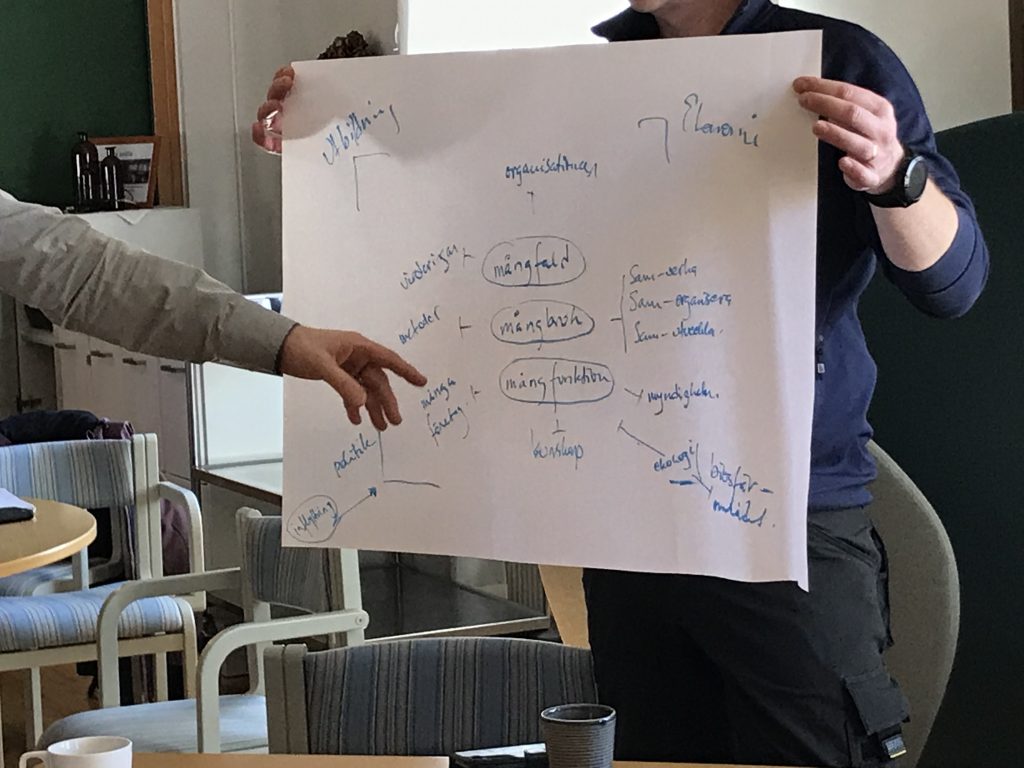
Co-creation for transformation
In light with the co-creation approach, participants are seen as co-designers of the future – they contribute to a transformation process with their knowledge, perspectives and values. This fosters an environment of creativity, exploration, and experimentation and unlocks a realm of possibilities. Possible outcomes are stories and visions that embrace the richness and diversity of values and perspectives of participants and challenge traditional power structures.
One method being used in the co-creation process is the co-design of a board game that participants with diverse interests can play together. The game allows them to experiment with different possible futures and to test actions and responses in a playful, inconsequential setting. While competing interests and unequal power relations can make it difficult to reach a solution in real life, the game allows participants to test and evaluate scenarios in a way where diverse forms of knowing and acting are less distorted by power relations. The researchers are also using anticipatory narratology, a technique that is based on stories and storytelling to craft future narratives. Together, these methods help to create a safe space for the participants to talk about alternative futures. They also enable stakeholders to navigate the complexities they are faced with and reflect upon their actions in the face of uncertainty. In this co-learning environment, novel governance arrangements can emerge to support the realization of their landscape imaginaries.
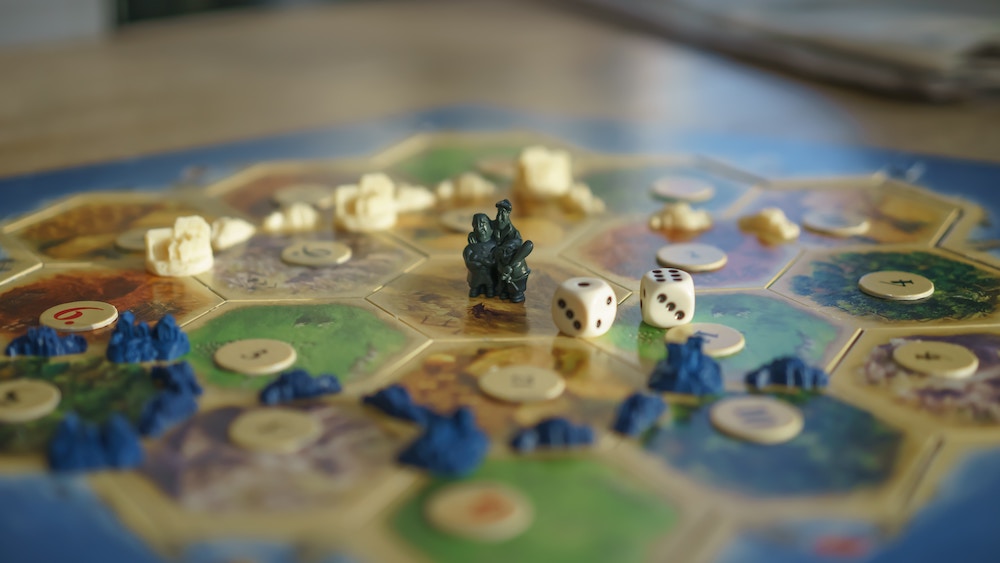
Embarking on a journey of transformation
Through this research, SP2 aims to shed light on innovative pathways towards multifunctional biodiverse landscapes. By harnessing the power of co-creation, the aspiration is that stakeholders feel empowered to imagine and design transformations that overcome traditional barriers and sectoral silos. As the work unfolds, it invites us all to become co-designers of alternative futures that reflect a mosaic of perspectives and values.
For more information about the Imaginaries subproject, contact the research team (and link to SP2 page).
We thank Thao Do (subproject Imaginaries) for valuable input into this blogpost.
